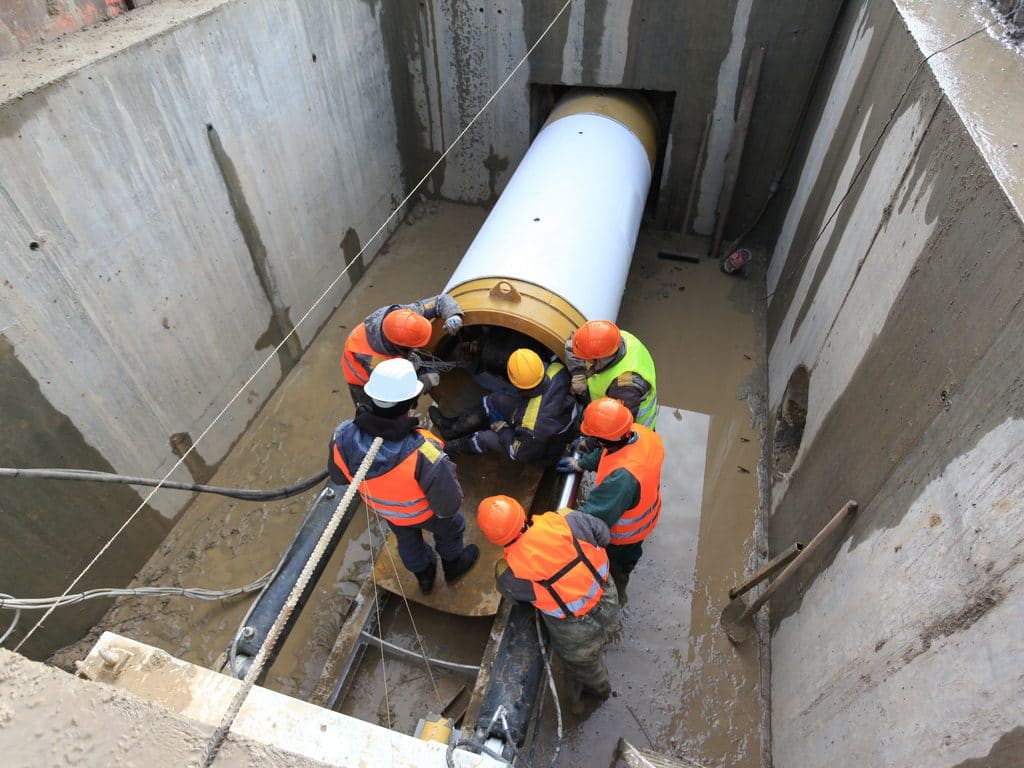A water and sanitation project has just been launched in the commune of Bouskoura, some 20 km west of Casablanca, the capital of Morocco. This project will be led by Lydec, the Moroccan subsidiary of the French group Suez, which employs 3,600 people on site. It is part of the INDH-Inmae programme, launched in 2005 by the authorities and Lydec with the aim of deploying technical and financial solutions aimed at providing home access to basic services (drinking water, sanitation and electricity) in informal settlements.
The current project in Bouskoura concerns the Douars (communities) of Lahfaya and Laamamra. It comes after the signing of a partnership between the Municipal Equipment Fund (FEC), the Bouskoura town council, the delegating authority of the province of Nouaceur and the Lydec company. It will build a 28.7 km water supply network to provide access to drinking water for 1,691 Moroccan households. Also as part of this work, Lydec will install a 10 km water purification network, to which must be added the construction of 8 collective septic tanks that will benefit 871 households.
The INDH-Inmae Project
The installation of these water and sanitation infrastructures will cost more than 44 million dirhams, or more than 4 million euros. The financing comes from the fund set up by the Moroccan government, within the framework of the National Initiative for Human Development (dubbed INDH in French), whose objective is “to raise the level of society”. It is with this in mind that Lydec set up the INDH-Inmae programme in 2005.
As a result, many households in informal settlements have access to safe drinking water and liquid sanitation services in their homes. The Local Priority Action Plan (dubbed PAP in French) allocated a budget of 119 million dirhams for 20 emergency actions. The INDH-Inmae project concerns 91,847 households to be connected to drinking water and liquid sanitation networks. To date, 50% of homes have been served, i. e. 45,517 homes, and 17% are under construction, i. e. 15,922 homes. In addition, 15% of connections to drinking water and liquid sanitation networks, representing 14,095 households, are being studied. Finally, for the remaining 18%, which concerns 16,313 households, financing is still pending.
Jean Marie Takouleu
